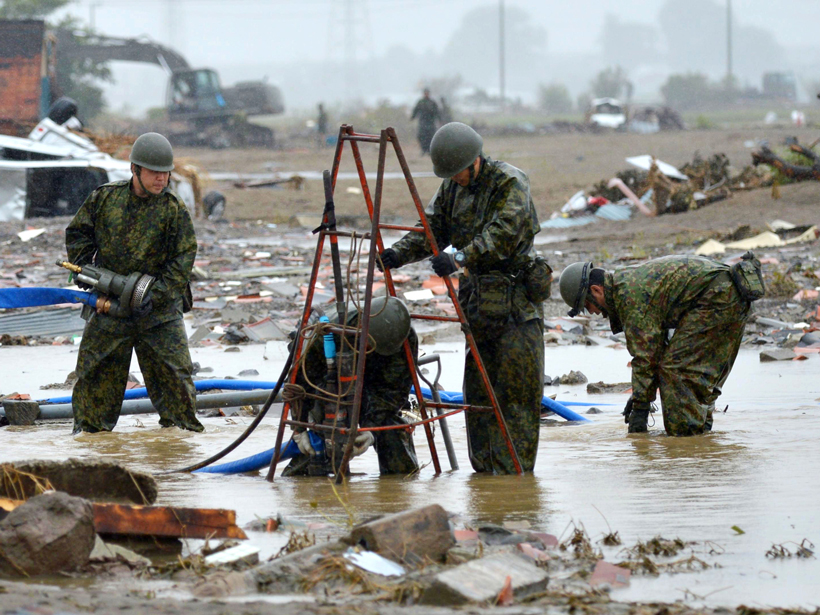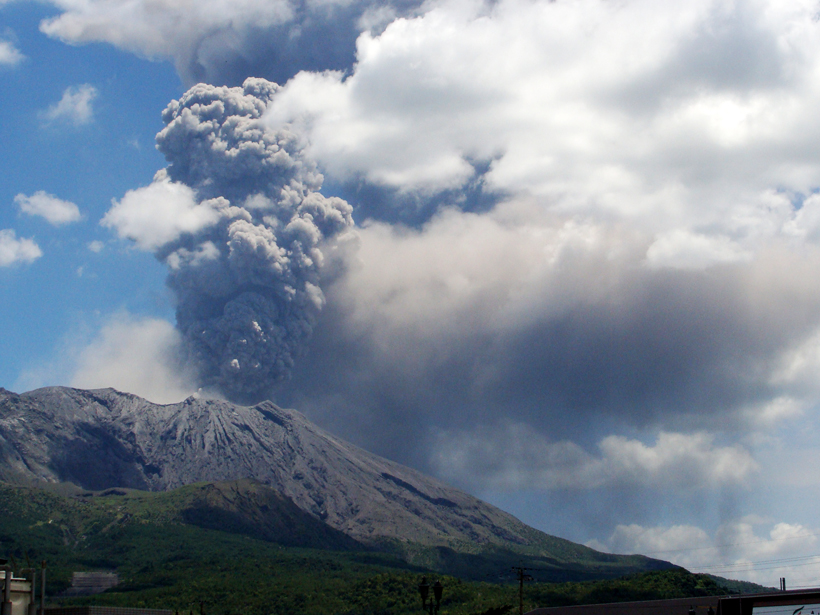Analysis of the change in the stratovolcano's tilt just prior to the explosion suggests that the cracking of a previously intact fluid barrier caused the country's deadliest eruption since 1926.
Japan
An Up Close Look at the Megaquakes That Cause Tsunamis
Researchers recreate changes in the seafloor during Japan's devastating 2011 tsunami.
Tsunamis Leave a Telltale Chemical Trail
Researchers follow a trail of organic compounds in soil that reveals the 2011 Tohoku tsunami's path over the Japanese coastline, providing clues to how often tsunamis recur and where they travel.
Can Data Extracted from Twitter Help Map Flood Hazards?
Tweets, if scrutinized closely, may allow scientists to map hazards in real time, helping to guide emergency response.
East of Japan, Upper Ocean Waves Follow a Seasonal Cycle
The seasonality of fine-scale, near-surface ocean dynamics raises important considerations for an upcoming satellite mission to measure global sea surface height.
Seismic Wave Videos Combine Sight and Sound
Researchers convert seismic data into sounds and animations, providing scientists with a new way to view what happens to Earth during earthquakes.
Mapping the Movement of Energy Under Japan
New research on the energy waves caused by earthquakes provides the most detailed map to date of the subduction zone beneath Japan.
Japan's Volcanic History, Hidden Under the Sea
Scientists investigate marine tephra layers for clues to Japan's volcanic past.
Ocean Floor Networks Capture Low-Frequency Earthquake Event
Last August, stations on a newly deployed permanent ocean floor observation network recorded rarely seen, very low frequency signals from shallow earthquakes.
Detecting Black Carbon in the Arctic Atmosphere
Measurements of light-absorbing carbon particles made during an Arctic research expedition could improve understanding of their effects on the Arctic climate.










